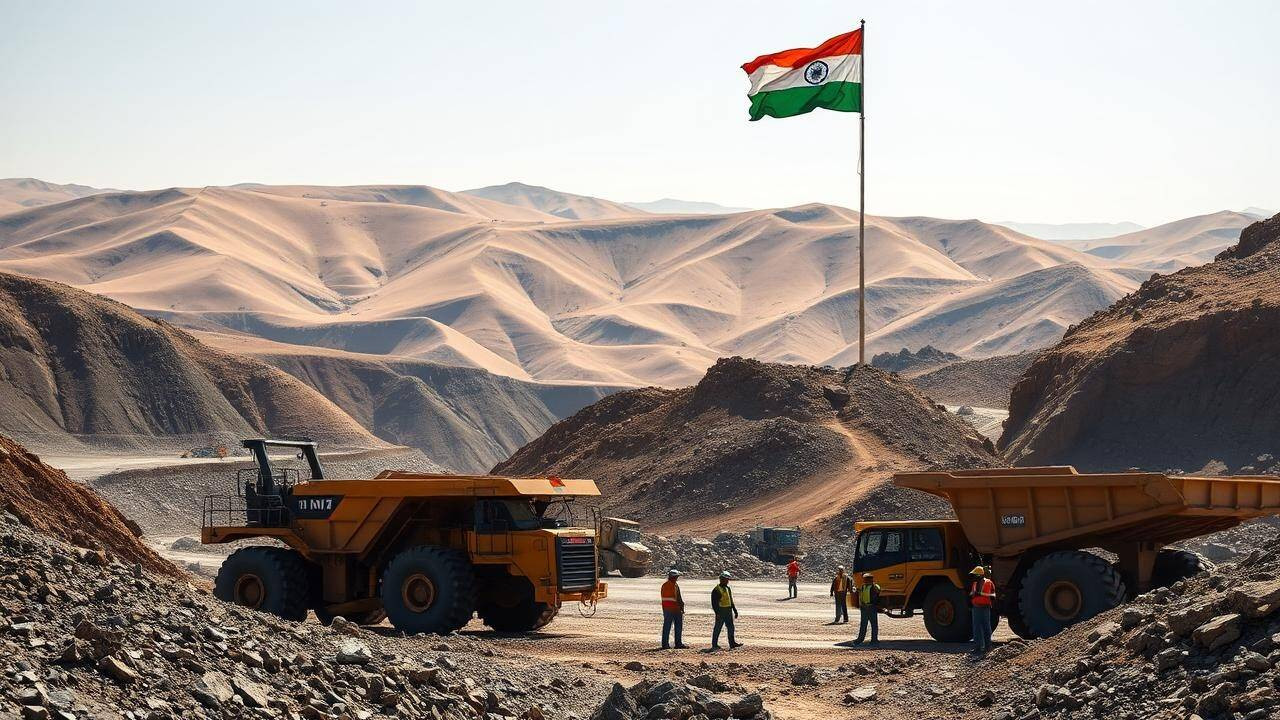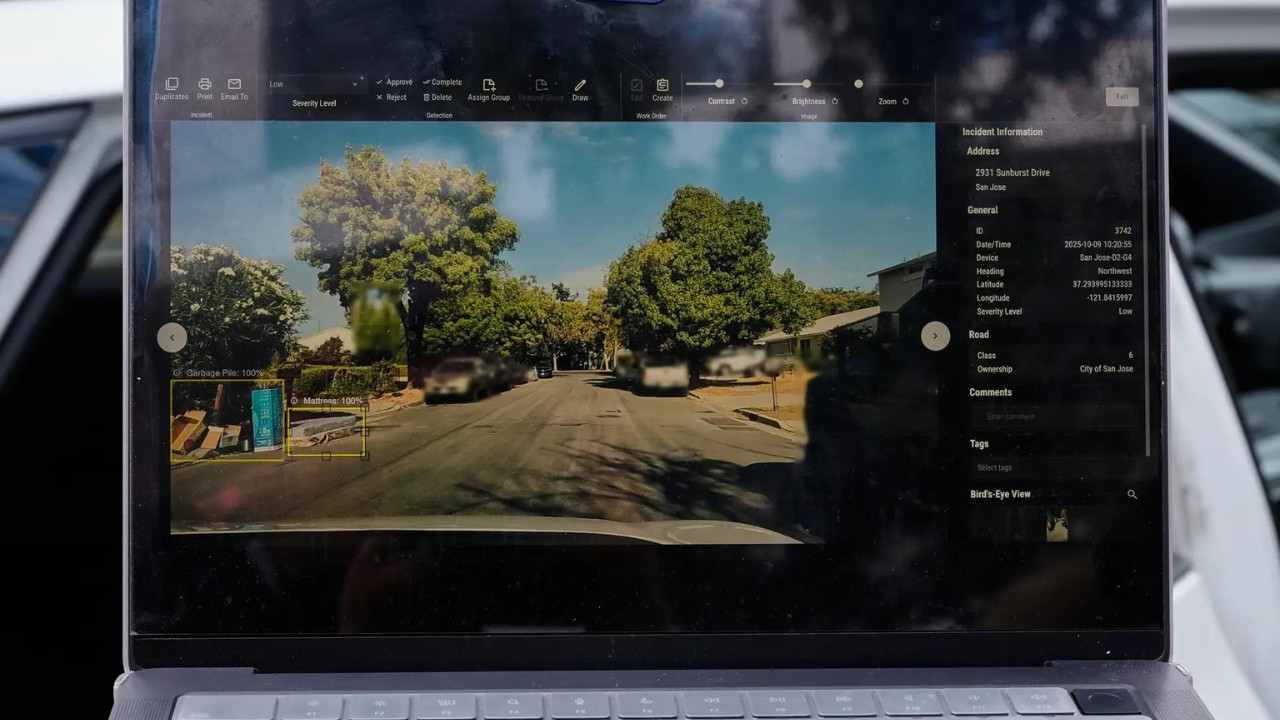India is looking to reduce its reliance on China for rare earth minerals with a Rs 3,500-Rs 5,000 crore scheme to boost domestic production. This initiative comes as China’s export restrictions on rare earths have raised concerns in the Indian automotive and renewable energy sectors.
Rare Earths: India’s Geopolitical Gambit to Break China’s Grip
Okay, let’s talk about something you might not think about every day, but that’s absolutely crucial to, well, pretty much everything modern. I’m talking about rare earth minerals. You know, those elements with names that sound straight out of a sci-fi novel, like neodymium, dysprosium, and praseodymium?
Chances are, you’re using something made with these minerals right now. They’re the unsung heroes powering our smartphones, electric vehicles, wind turbines, defense systems…the list goes on. They’re the backbone of green technologies and crucial for a secure future.
Here’s the kicker: China pretty much controls the global supply. We’re talking a near-monopoly. And in a world increasingly defined by geopolitical tensions and supply chain vulnerabilities, that’s a precarious position to be in. Think about it: if a single country controls a resource vital for everything from renewable energy to national security, they hold a lot of cards.
That’s why I’m genuinely excited about India’s latest move: a proposed ₹5,000 crore (that’s around $600 million USD) scheme to boost its own rare earth mineral production. It’s a bold step, and honestly, long overdue. This isn’t just about economics; it’s about strategic autonomy and future-proofing India’s economy.
So, what’s the plan? Details are still emerging, but the core idea is to incentivize domestic mining and processing of these crucial elements. We’re talking about everything from exploration and extraction to refining and manufacturing. It’s about building a complete, end-to-end rare earth ecosystem within India.
This is no small feat. Mining rare earth minerals is complex, resource-intensive, and often environmentally challenging. Then there’s the refining process, which requires specialized technology and expertise. It’s not like digging up some dirt and selling it.
But the potential payoff is huge. Not only could India reduce its dependence on China, but it could also become a major player in the global rare earth market. Imagine the possibilities: a surge in domestic manufacturing, new high-paying jobs, and a significant boost to India’s technological prowess.
This scheme is likely to involve a mix of government funding, private investment, and technological collaborations. Think of it as a strategic partnership, where the government provides the initial push and the private sector steps in to drive innovation and efficiency.
One key challenge will be attracting the necessary expertise. Rare earth processing is a highly specialized field, and India will need to invest heavily in training and education to build a skilled workforce. This could involve partnerships with universities and research institutions, as well as attracting talent from abroad.
Another crucial aspect is sustainability. Mining and processing rare earth minerals can have significant environmental impacts if not done responsibly. India needs to ensure that its rare earth industry adheres to the highest environmental standards, using eco-friendly technologies and minimizing waste. This isn’t just about protecting the environment; it’s about building a sustainable and responsible industry that can thrive in the long term.
Of course, this isn’t going to happen overnight. Building a rare earth industry from the ground up takes time, investment, and a lot of hard work. There will be challenges along the way, including regulatory hurdles, environmental concerns, and competition from established players.
But the fact that India is taking this seriously is a really good sign. This scheme represents a strategic shift, a recognition that controlling access to critical resources is essential for economic and national security.
What makes this particularly compelling is the potential ripple effect. A thriving rare earth industry could unlock new opportunities in related sectors, such as electric vehicles, renewable energy, and electronics manufacturing. It could create a virtuous cycle of innovation and growth, positioning India as a global leader in these emerging technologies.
This move also sends a clear message to the world: India is serious about diversifying its supply chains and reducing its dependence on any single country. It’s a sign of India’s growing confidence and its determination to play a more prominent role on the global stage.
Frankly, I think this initiative is a smart move, and one that could have far-reaching consequences. It’s a complex undertaking, sure, but the potential rewards – economic independence, technological advancement, and enhanced national security – are well worth the effort. The journey will be challenging, but the destination – a secure and sustainable rare earth industry – is crucial for India’s future. Let’s hope this initiative gets the support it needs to truly take off.







